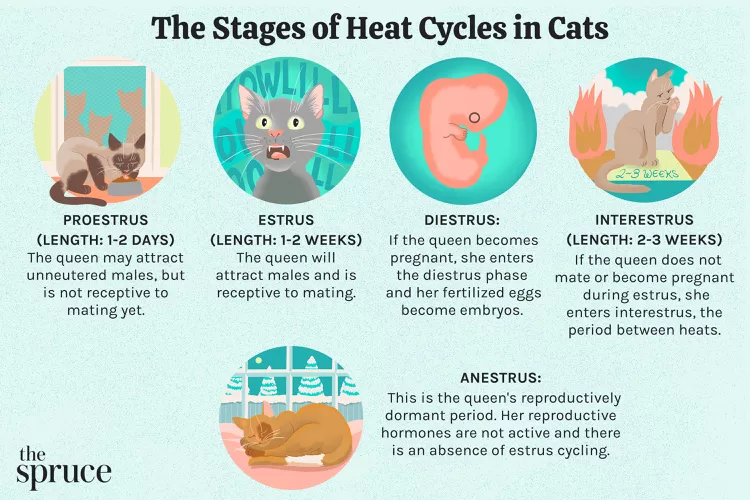
On average, a female cat is in heat for four to seven days. However, her heat may last as short as two days or as long as three weeks.
Unspayed female cats of reproductive age are called queens. Cats are polyestrous, meaning that queens typically go into heat multiple times a year until they mate.
Unspayed female cats may have their first heat cycle as young as four months of age, though the average age is five to nine months for most cats. If you have a kitten and wish to prevent her from going into heat, it's best to have her spayed as early as your vet thinks is safe. This is generally no later than four to six months of age, but it may be as early as six to 12 weeks of age.
As soon as your kitten has her first heat, she will be able to get pregnant. The hormones in her system make her eager to find a mate. She will likely cry out in a way that sounds like she's in agony. She may roll around on the ground and rub on everything in sight. Most importantly, if she is indoor-only, she may try to escape your home in search of a mate. Not only is it dangerous for her to be outside, where she may get lost or injured, but it's also unsafe for her to become pregnant at such a young age. Her body is not done growing, so pregnancy may be harmful to both her and the kittens.
If your cat does not get out of the house to mate during her first heat, she will continue to go through a heat cycle every few weeks until she becomes pregnant or is spayed. This may make it seem like she is constantly in heat. Over time, this may be stressful and unhealthy for your cat. She may lose weight, begin overgrooming, and even develop behavioral issues.
If you allow your cat to get pregnant, you are adding to the world's pet overpopulation problem. Countless cats and kittens are waiting in shelters for homes. Even if you find homes for your cat's kittens, you have to consider that the kittens are taking the place of shelter cats that might have been able to find homes. Unless you have a pedigree cat and are prepared to partner with a cat breeder for responsible breeding, you should make sure your female kitten is spayed as soon as possible.

Cute Pictures & Facts About Calico Cats & Kittens
Learn fascinating facts about calico cats, including photos, the genetics behind this color combination, and common folklore and traditions.
How to Prevent Cat Separation Anxiety During Vacations
Discover why cats develop litter box problems and cat behavior problems when you go on vacation and what you can do about it to help them.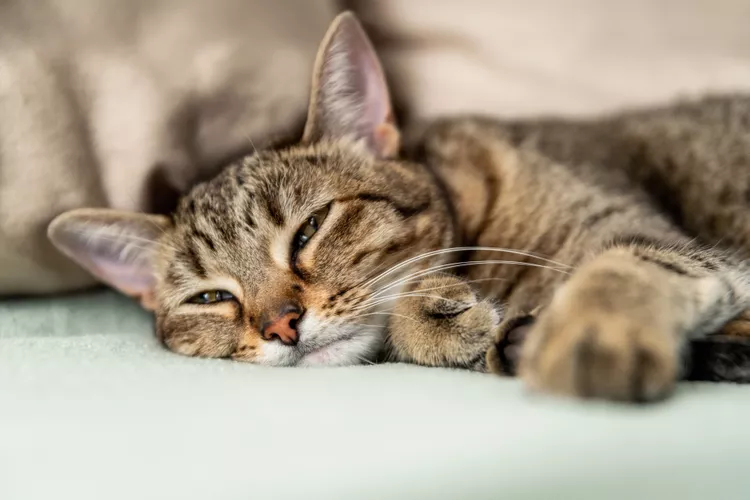
Cat Behavior Changes That Might Mean Something's Wrong
Cats' behavioral changes may indicate problems—or they may mean nothing at all. Explore causes of odd behavior and what to do about them.
Lhasa Apso: Dog Breed Characteristics & Care
The Lhasa apso is an ancient breed from Tibet that was bred to be a watchdog. Learn about its history, health, exercise needs, and more.
Reasons Why Dogs Run Away and How to Stop It
Dogs can escape, especially if they’re bored and not properly contained. Here are some techniques for stopping your dog from running away.
Can Dogs Get Depression? How to Help Your Sad Dog
Can dogs get depression? Learn about the signs of depression in dogs and find out how to help your sad dog.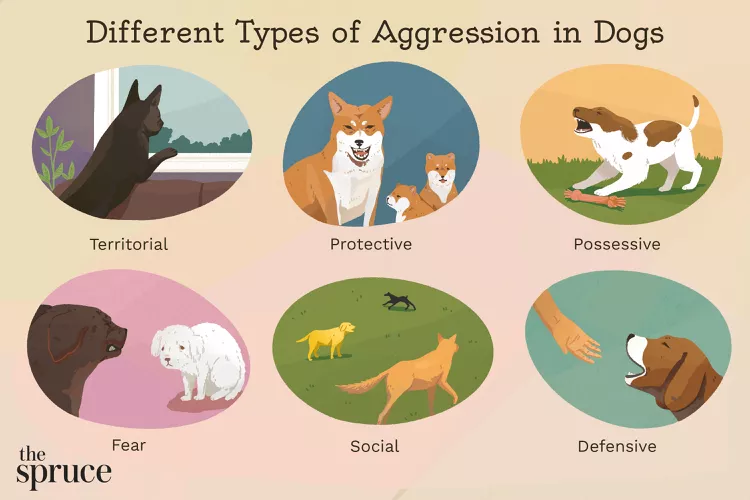
How to Stop Aggression in Dogs
Dog aggression can be a serious behavior issue for pet owners. Learn how to stop aggression in dogs before someone gets hurt.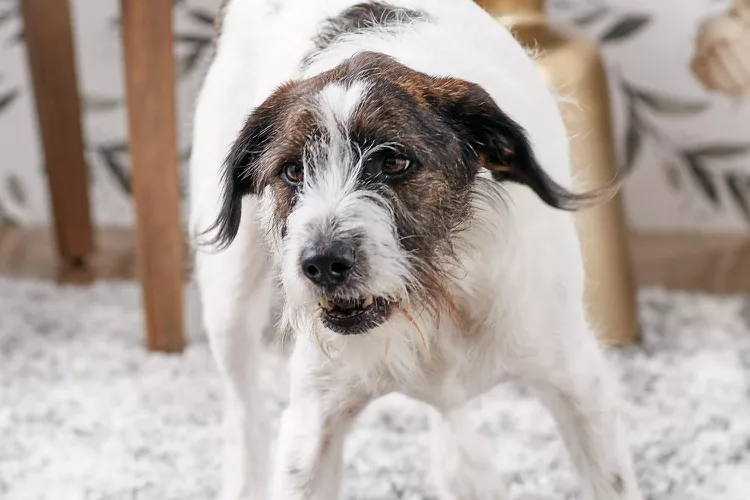
How to Stop Your Dog From Growling
A growling dog can soon become even more aggressive. Reduce the noise and potential for a dangerous situation with some of these techniques.
Why Do Dogs Dig Holes? How to Stop Your Dog from Relandscaping Your Yard
Dogs have been digging holes for centuries and for many reasons. Whether they’re bored or want to cool off in the dirt, here are the top reasons why dogs dig holes.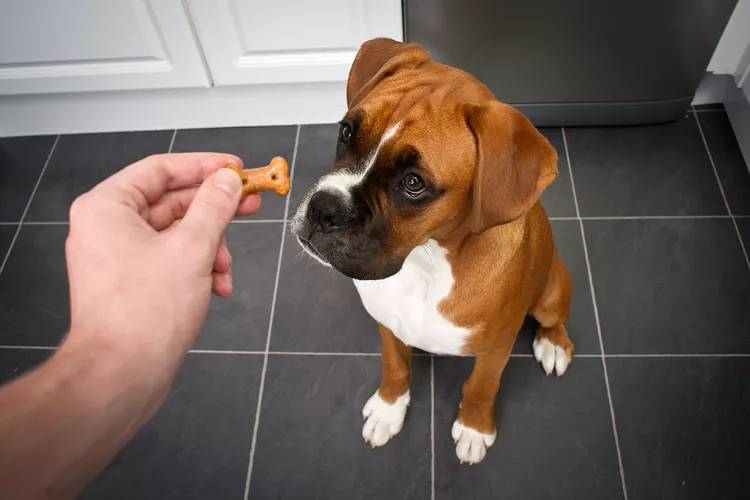
Dog Treat Varieties
Learn about the different types of dog treats on the market and decide which are best for your dog.
Can Dogs Eat Asparagus?
Dogs can eat asparagus, provided the vegetable is cooked plain and cut up for them. Seasonings, salt, and butter make it unhealthy for dogs.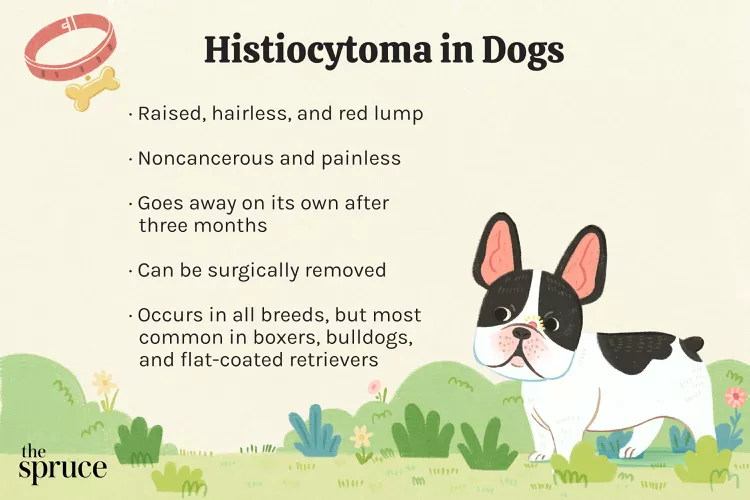
Histiocytomas in Dogs
A histiocytoma is a type of benign (non-cancerous) skin lump that usually affects young dogs. Learn the causes, treatment, and prevention.
Why Is My Dog’s Eye Swollen?
If your dog's eye is swollen, she may need veterinary attention. The inflammation could be caused by allergies, an injury, or even a tumor.
Common Bugs and Parasites Found on and Inside Dogs
Learn about common types of parasites in dogs. Find out how to treat and prevent parasites to keep your dog, your family, and yourself safe.
Exploring the Different Types of Pet-Friendly Beaches
Are you looking for pet-friendly beaches? Learn about the different types of pet-friendly beaches, their locations, and tips for visiting them with your pet.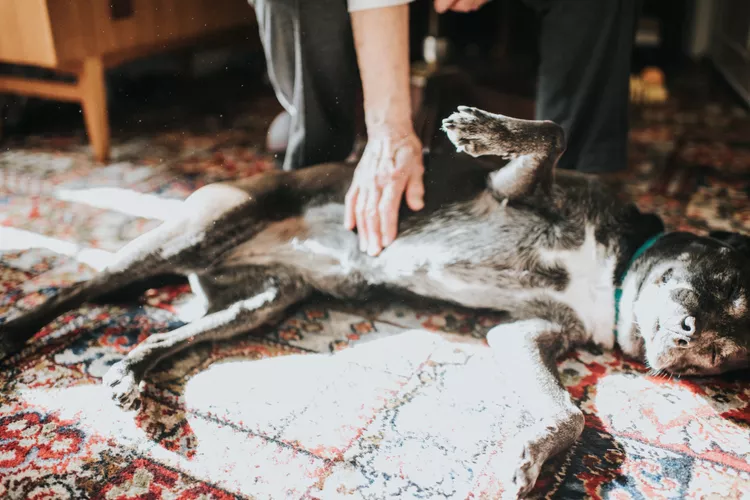
10 Obscure, Little-known Canine Facts in Honor of National Dog Day
With National Dog Day upon us, it's time to celebrate everything about our favorite pets—even the weirder stuff. Here are 10 obscure facts about dogs you probably didn't know.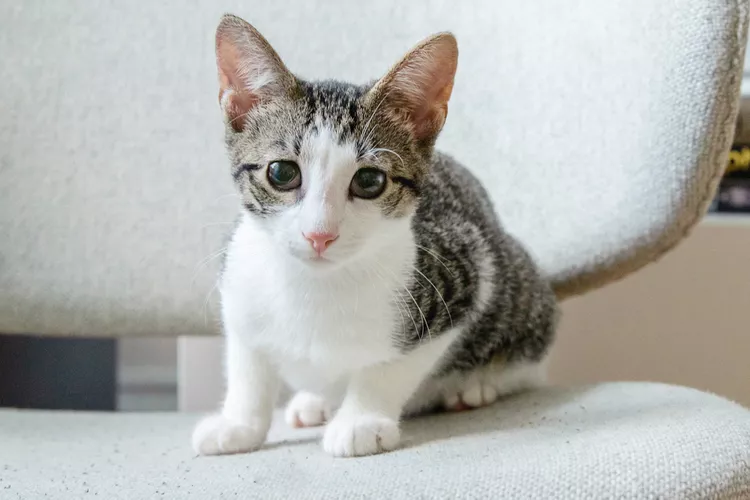
Kitten Development From 3 to 6 Months Old
Kittens grow and change a lot during their first year. Find out what happens between the ages of three months and six months old.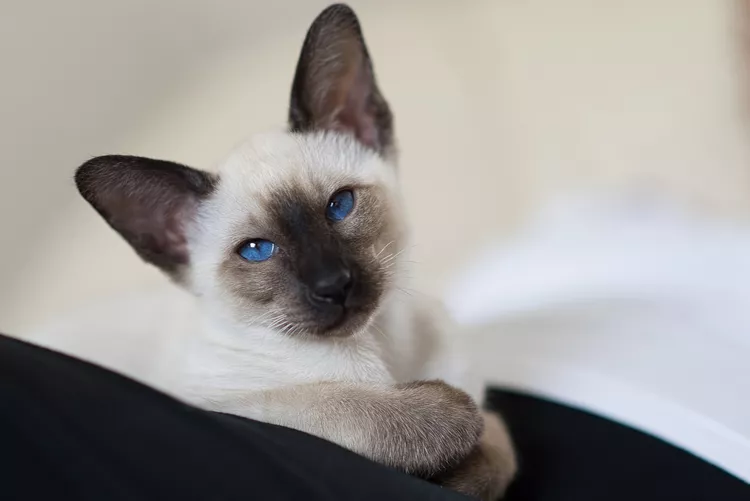
95 Siamese Cat Names
Our list of Siamese cat names has diverse and fun options to help you choose the ideal moniker for your elegant and lovable feline companion.
What to Buy for Your New Cat: A List of Essentials
Before you bring your new cat or kitten home, there are a number of things to collect or buy so your cat will feel welcomed like a family member.
The 6 Best Cat Nail Clippers of 2024 for a Safe Trim
Clipping your cat's nails can save your furniture and keep your kitty comfortable. We asked veterinarians for their cat nail clipper recommendations.